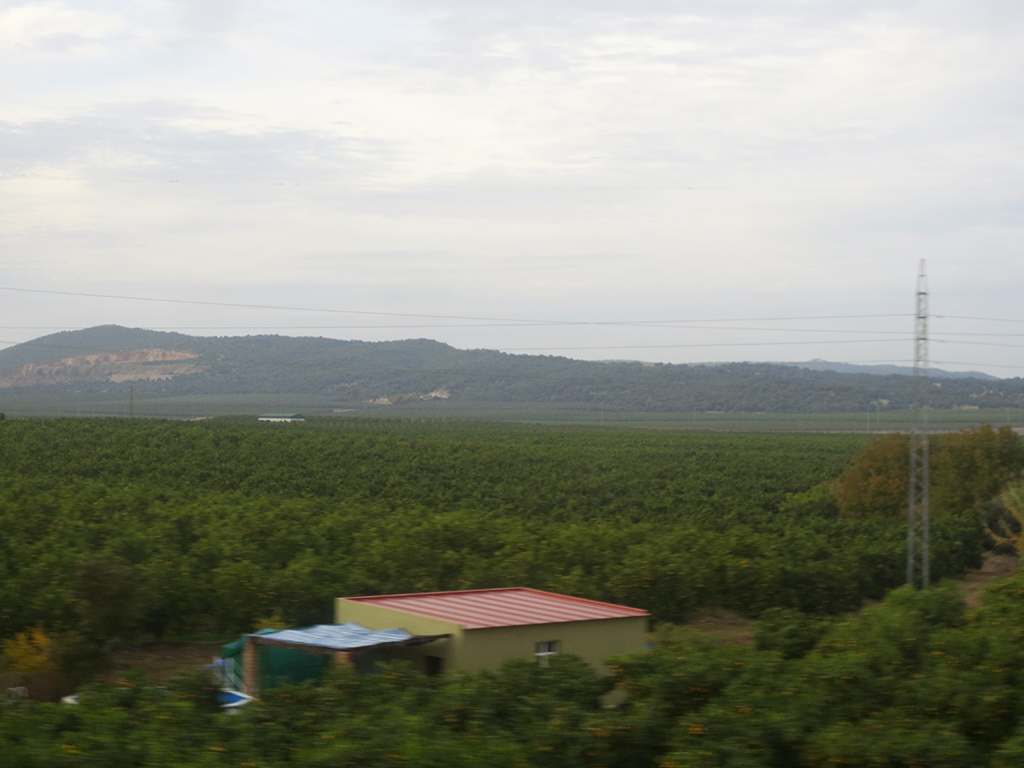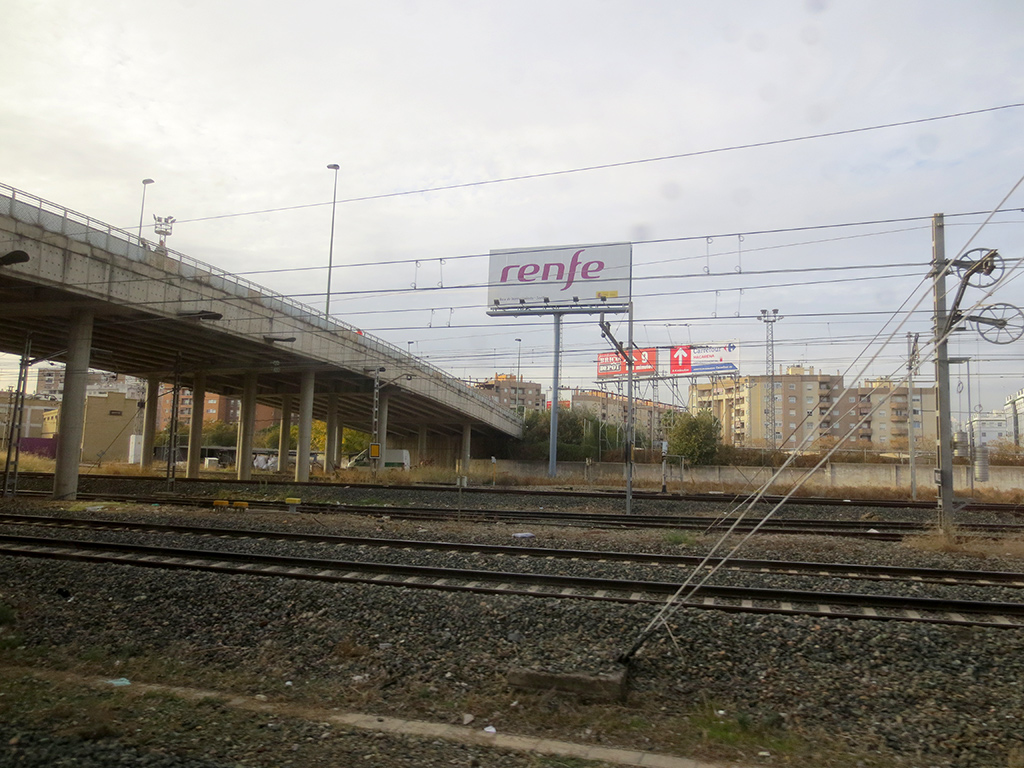Though the main purpose of our day trip to Córdoba was to visit the Mezquita, the city itself is also very scenic and we enjoyed wandering and seeing how it differs from Seville.
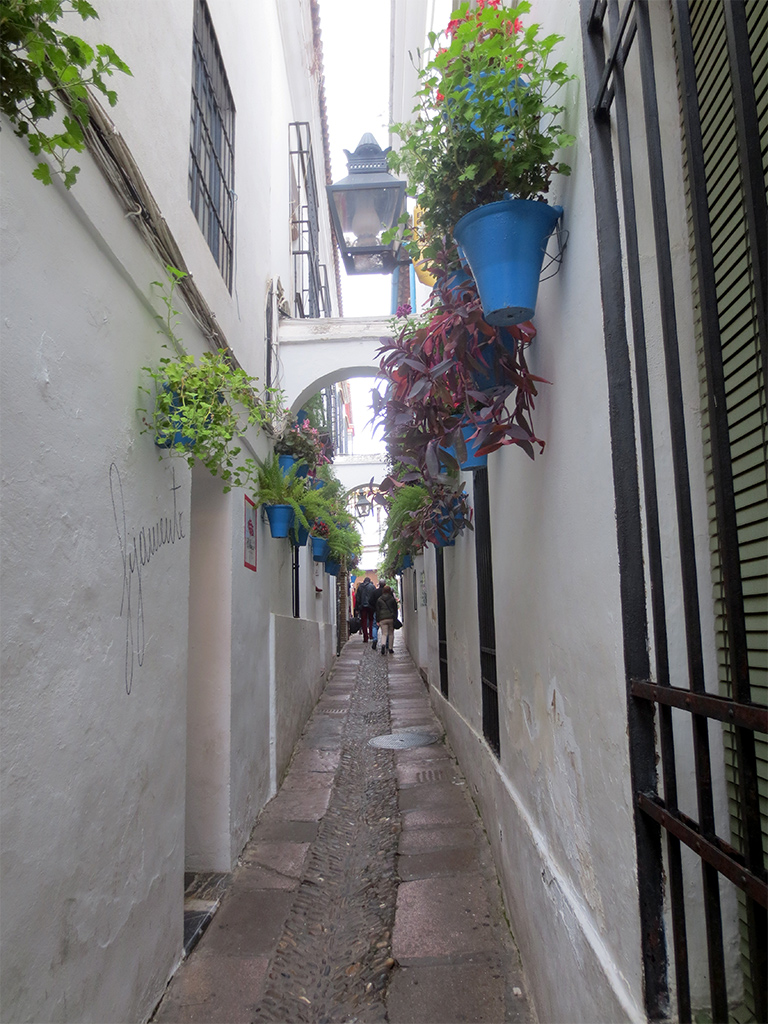
Córdoba has more hills than Seville, and more narrow winding streets, particularly in the Juderia, or old Jewish quarter. It reminded us a bit of the Alfama neighbourhood in Lisbon.
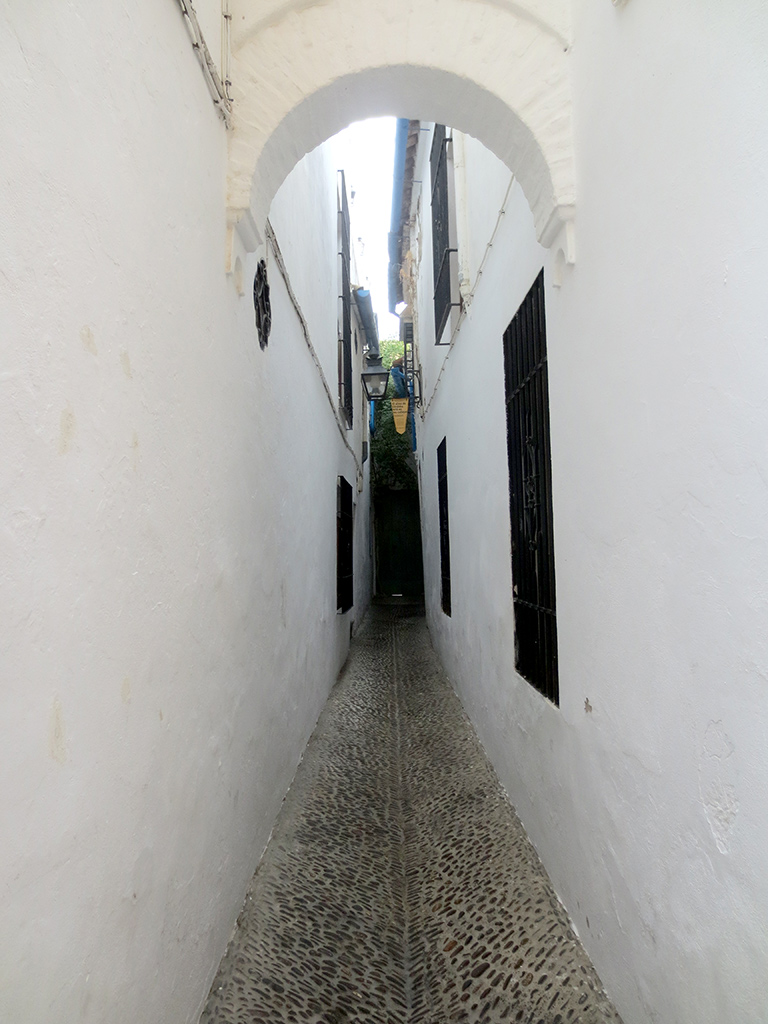
We began the morning in Seville with a 20-minute walk to Santa Justa Station, which is located just outside the old city.
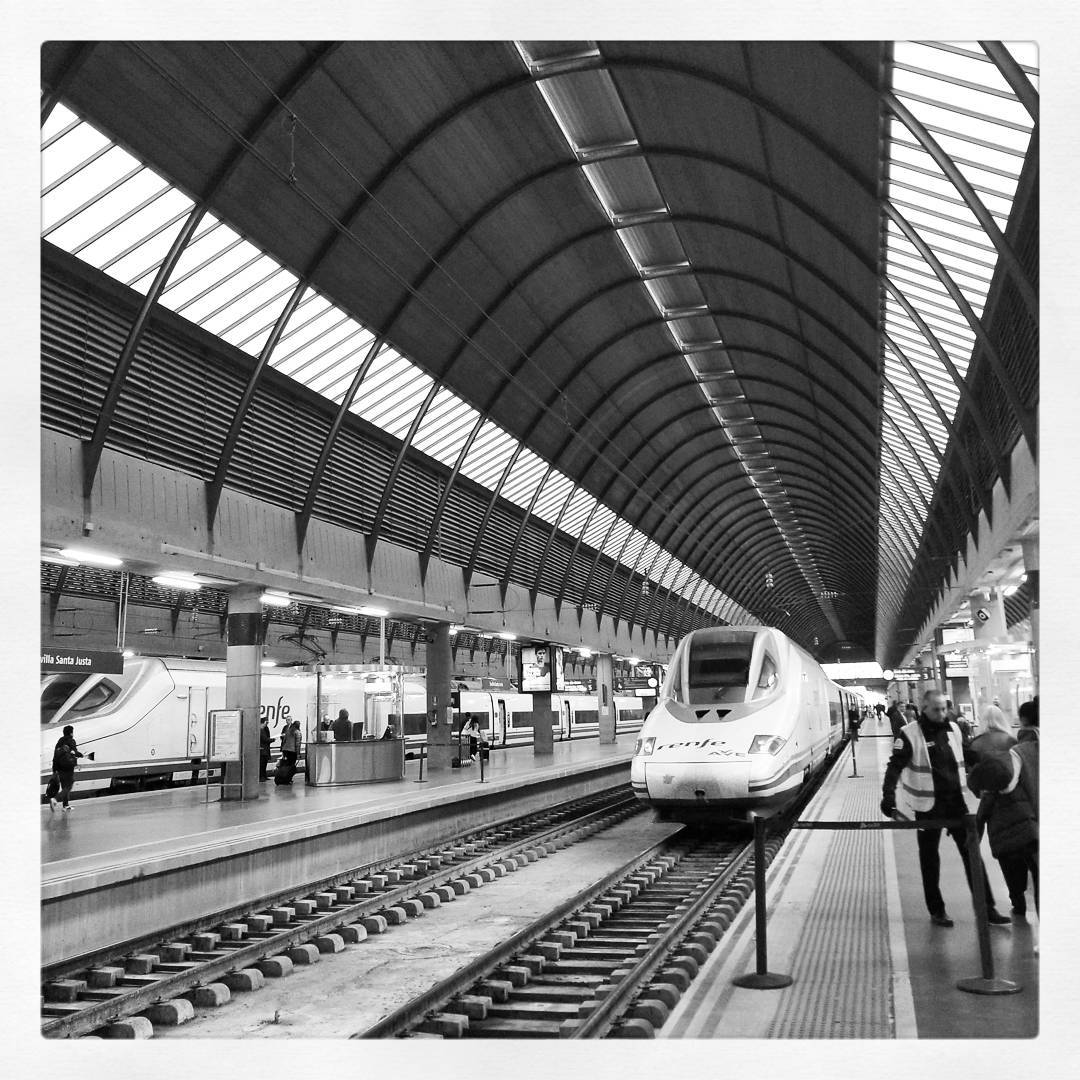
After 40 minutes on a very fast (and rather expensive) high-speed AVE train, we emerged into the modern area of Córdoba. The walk down to the historic center was pleasant, taking us through a large scenic park.
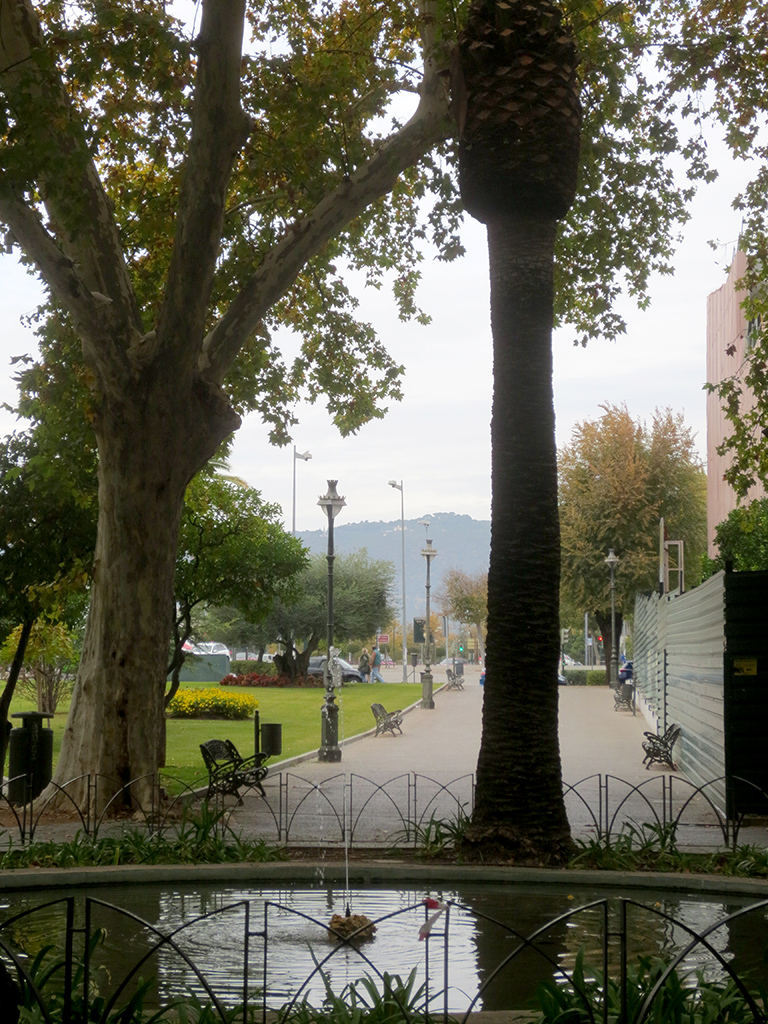
Along the way we stumbled across a strange structure we later learned was the Mausoleo Romano. Ruins of this structure, which dates to the 1st Century AD, were discovered in 1993. Most of it was then reconstructed to the original specifications.
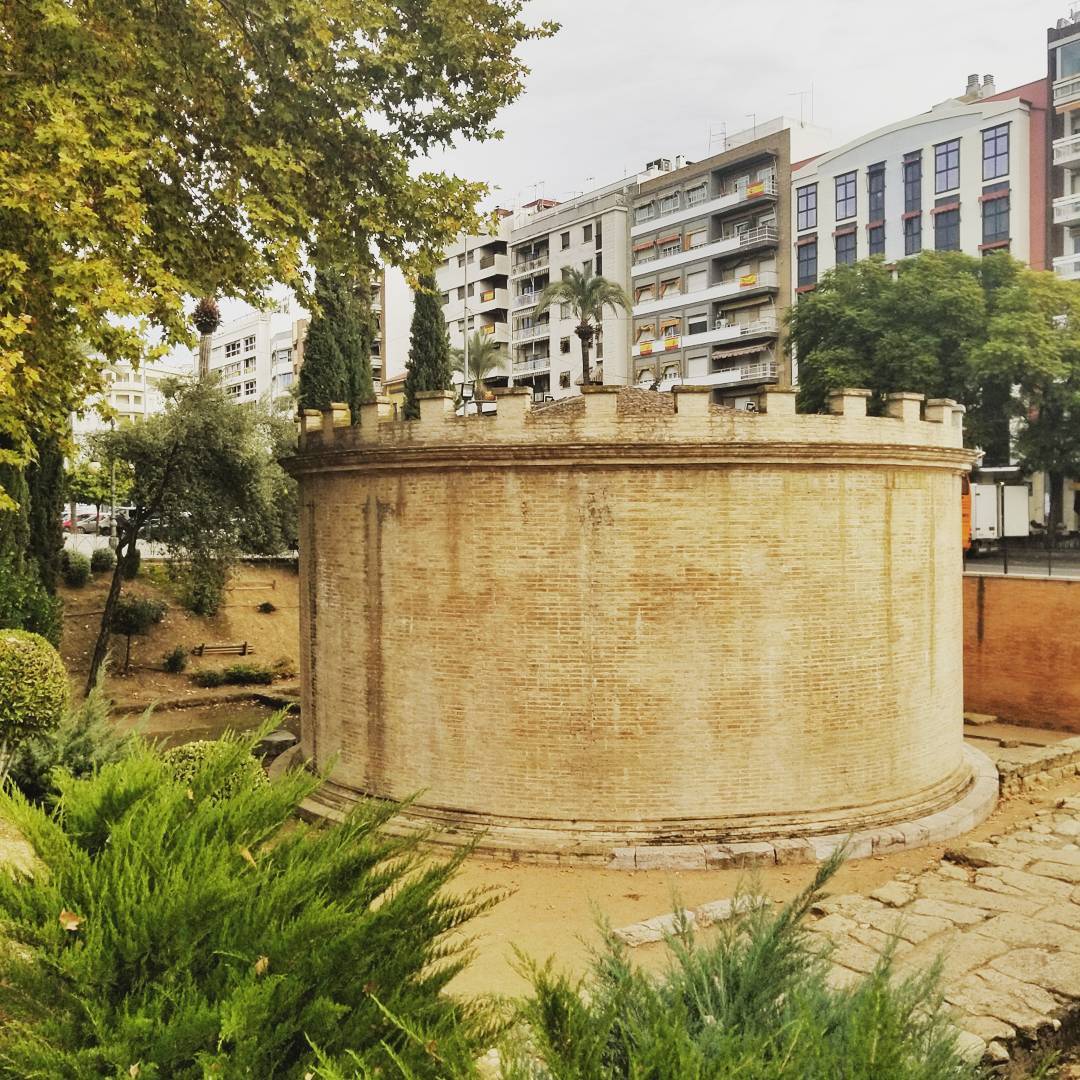
We entered the historic city center through La Puerta de Almodóvar, the last remaining gate in the original Roman city walls.
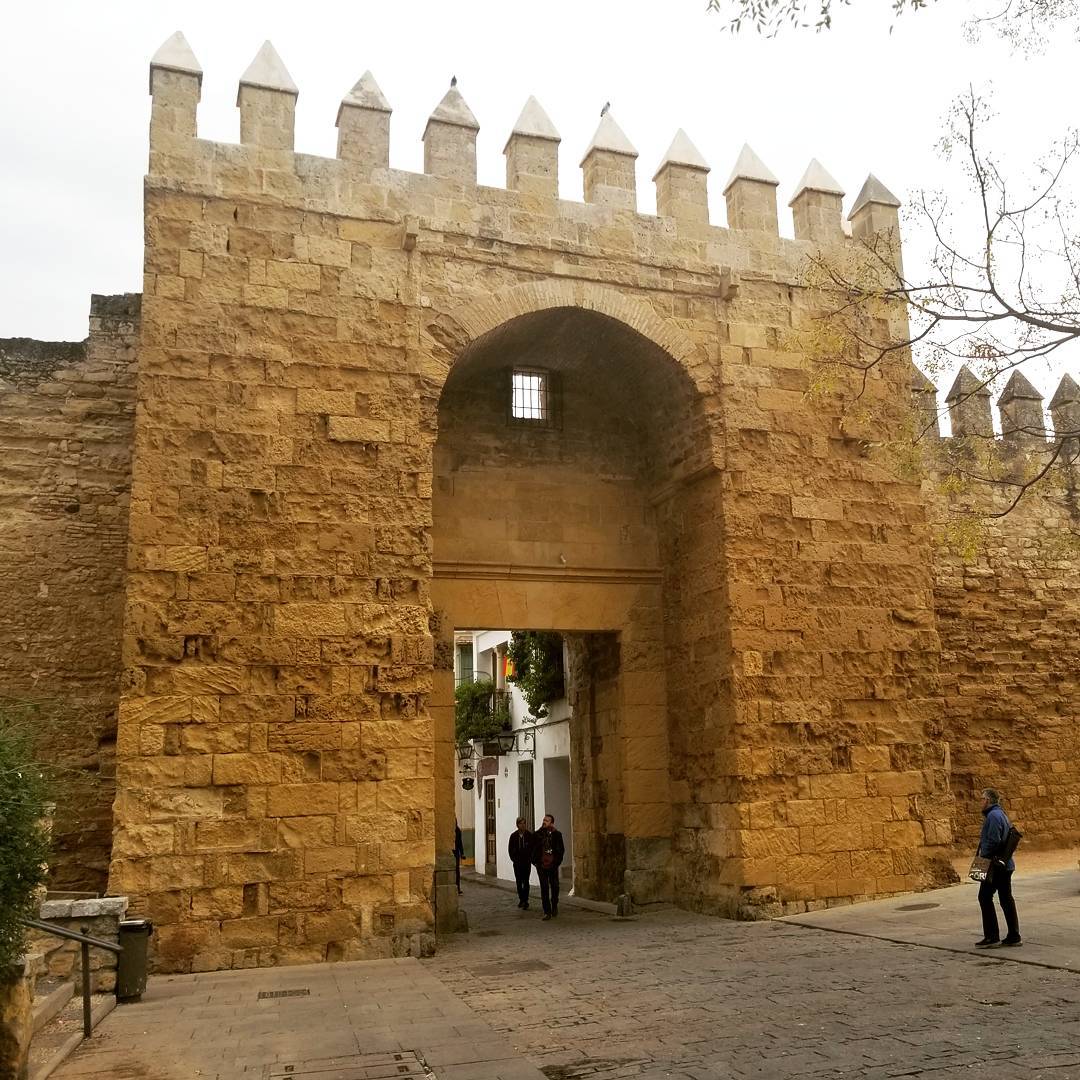
Next to the gate is a statue of the Roman philosopher Seneca, who was born in what is now Córdoba around 4 BC.
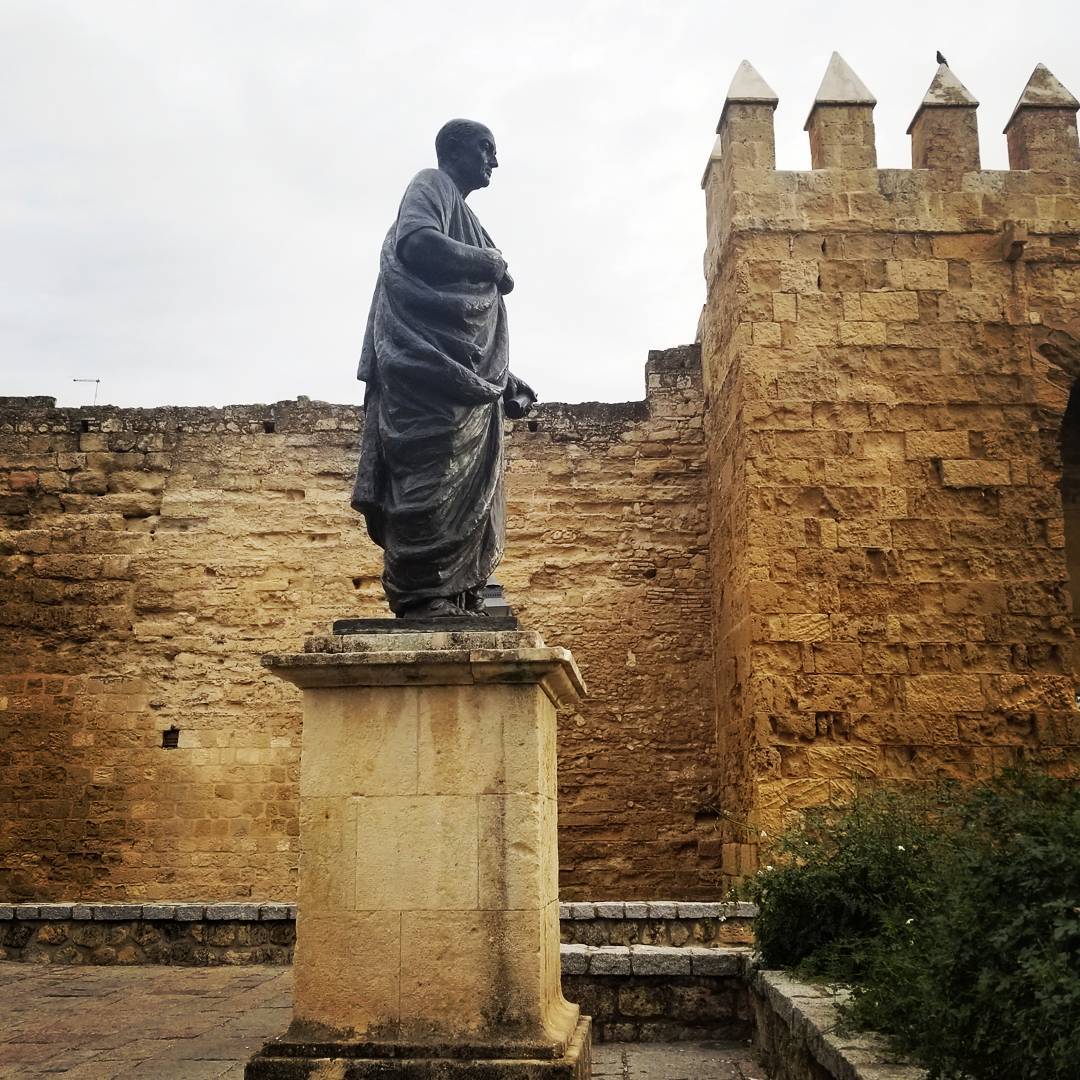
After we visited the Mezquita we ducked south to the river and walked across the Puente Romano (Roman Bridge) to the opposite shore of the Guadalquivir and back. This bridge sits on Roman foundations that date to the 1st Century BC, but most of it was constructed by the Moors around 800 AD, with modern improvements added later.
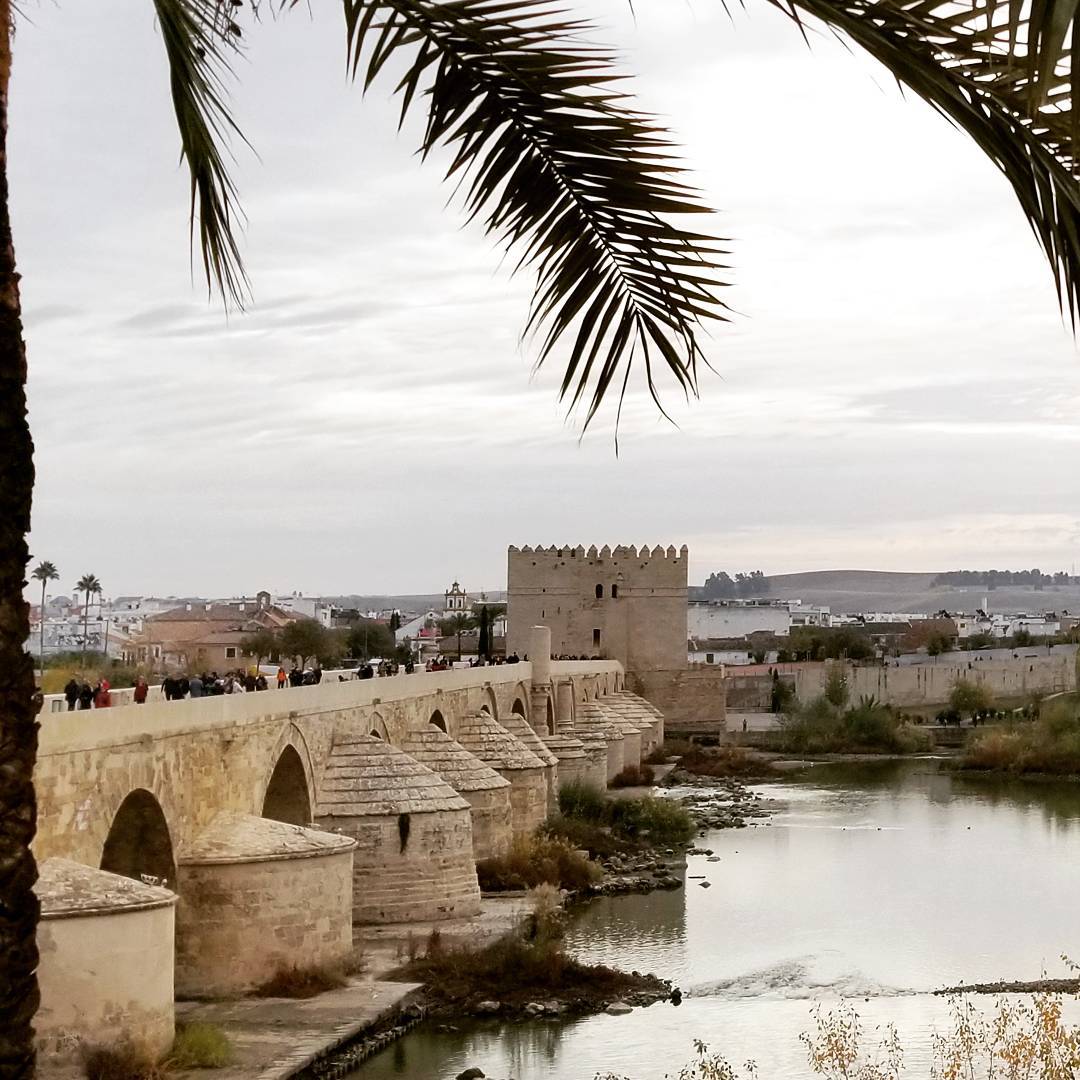
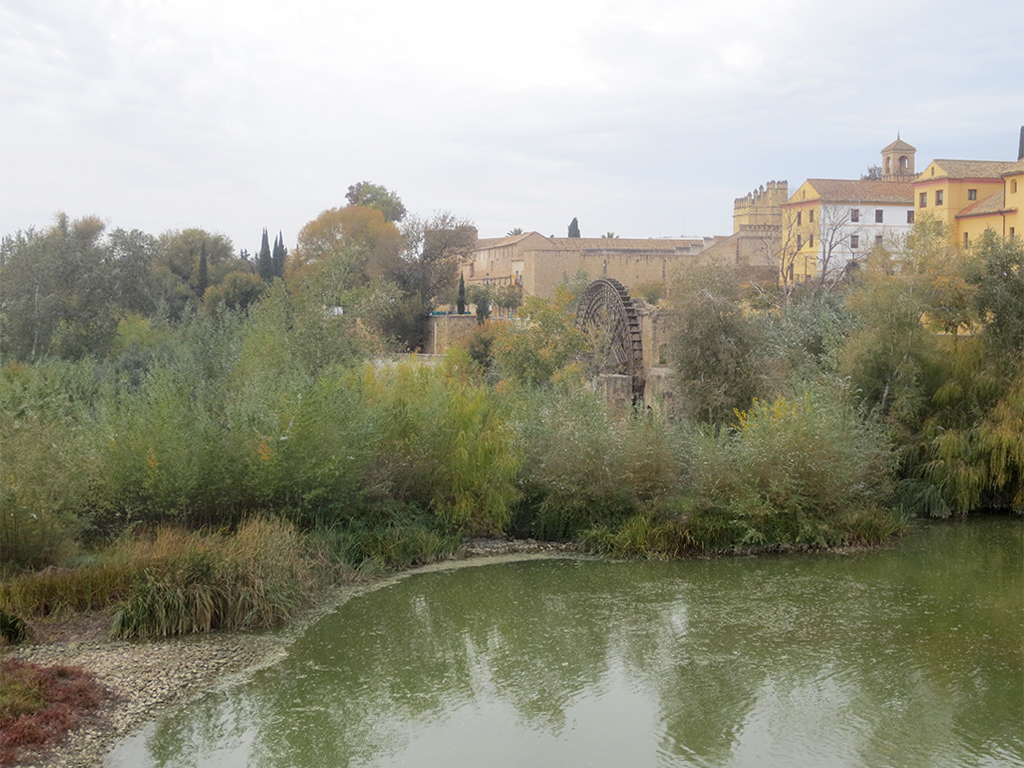
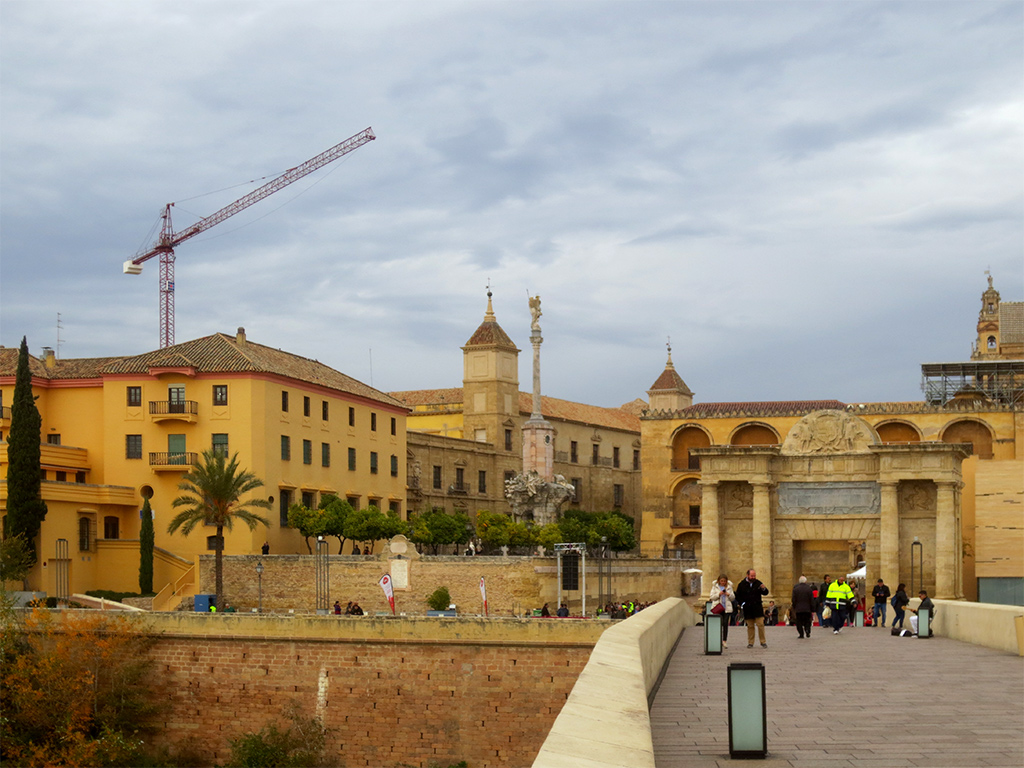
From there, we randomly wandered the narrow streets of Córdoba, heading down those that looked the most appealing and photogenic. Which was difficult, because everything was beautiful.
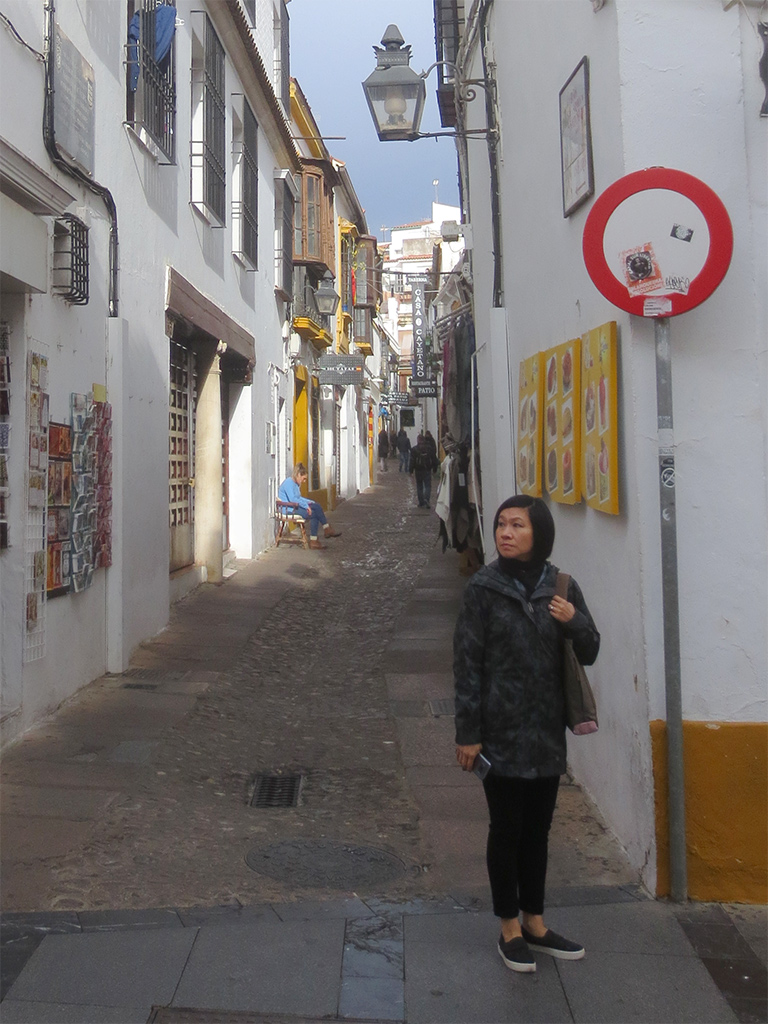
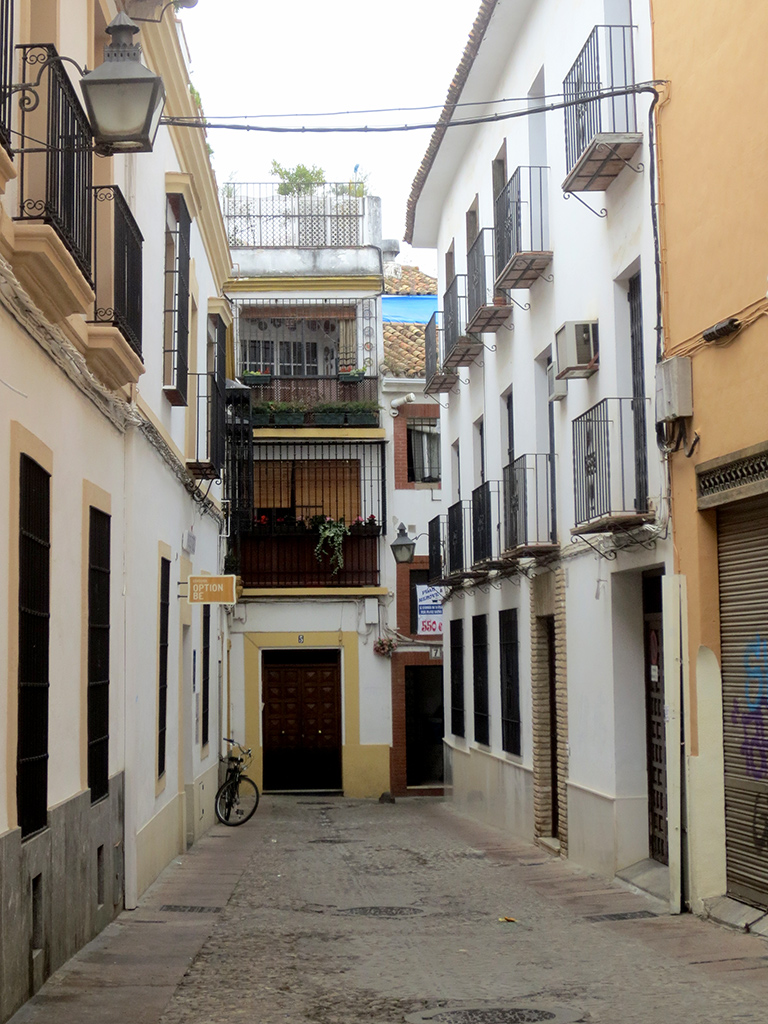
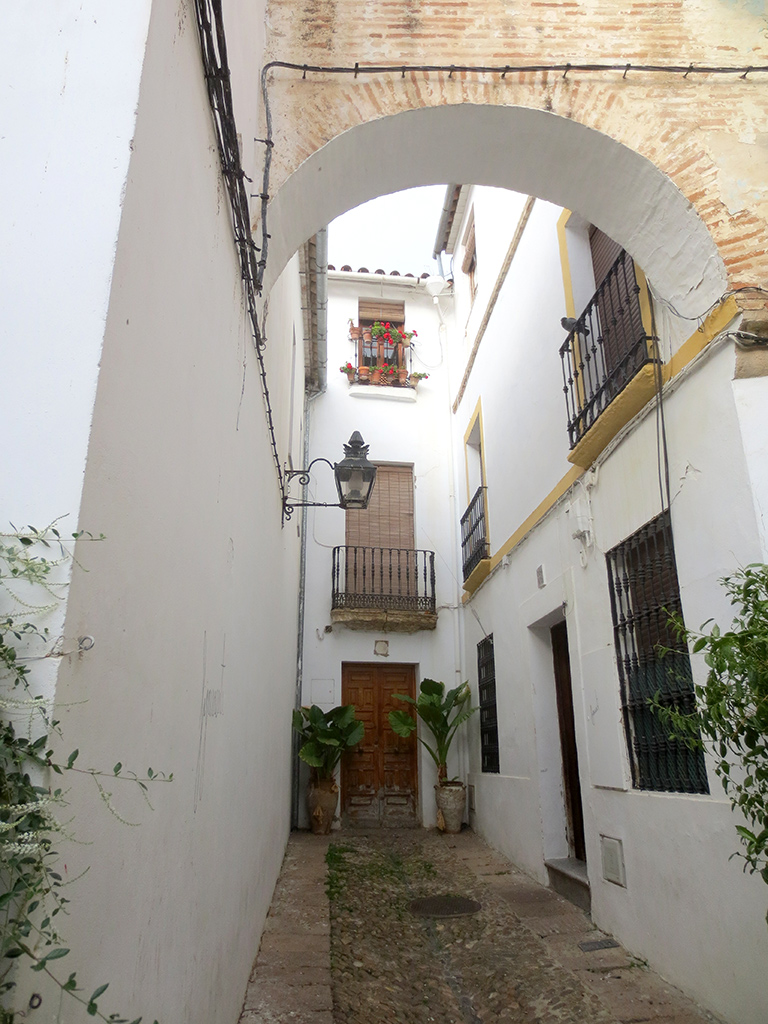
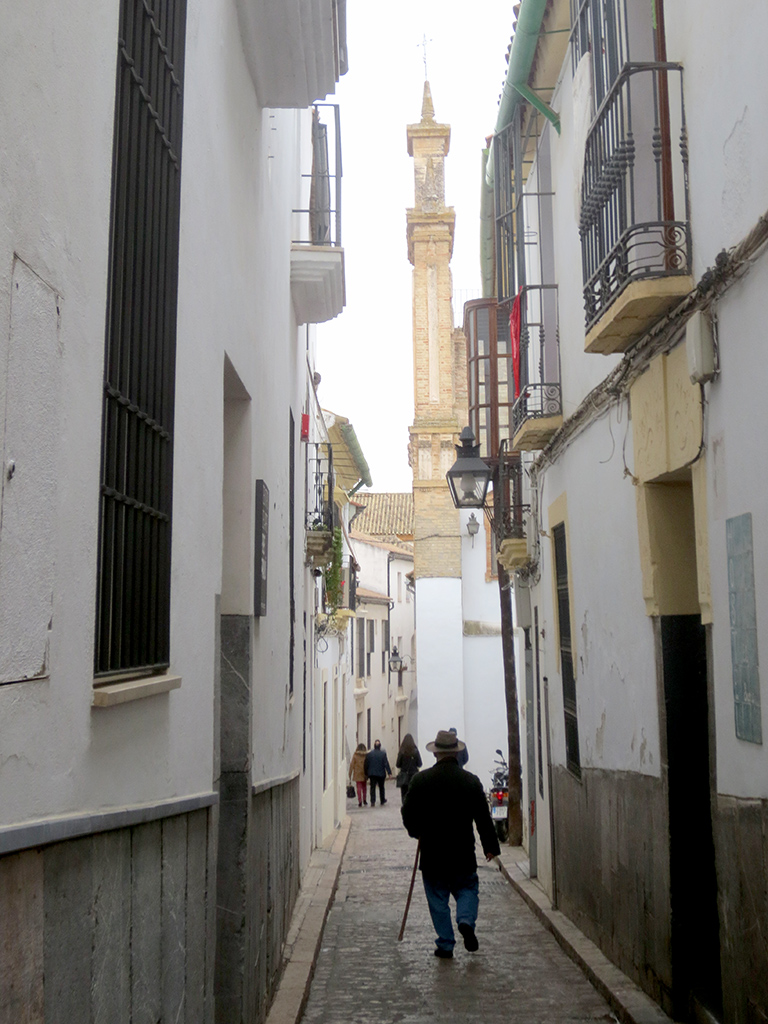
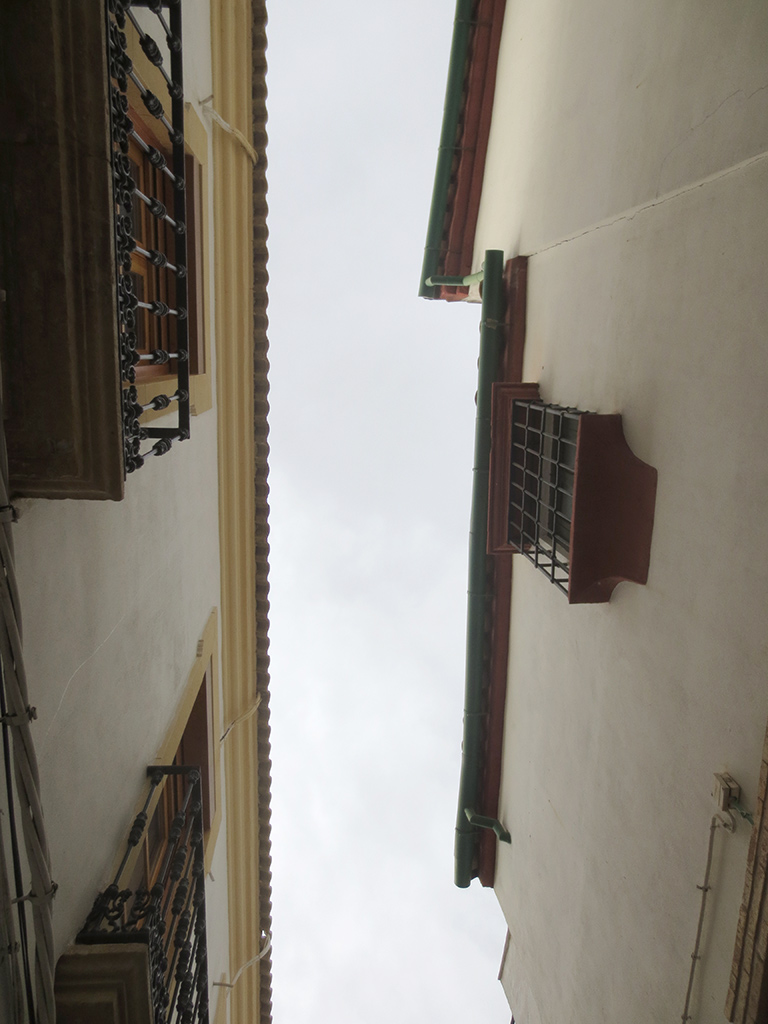

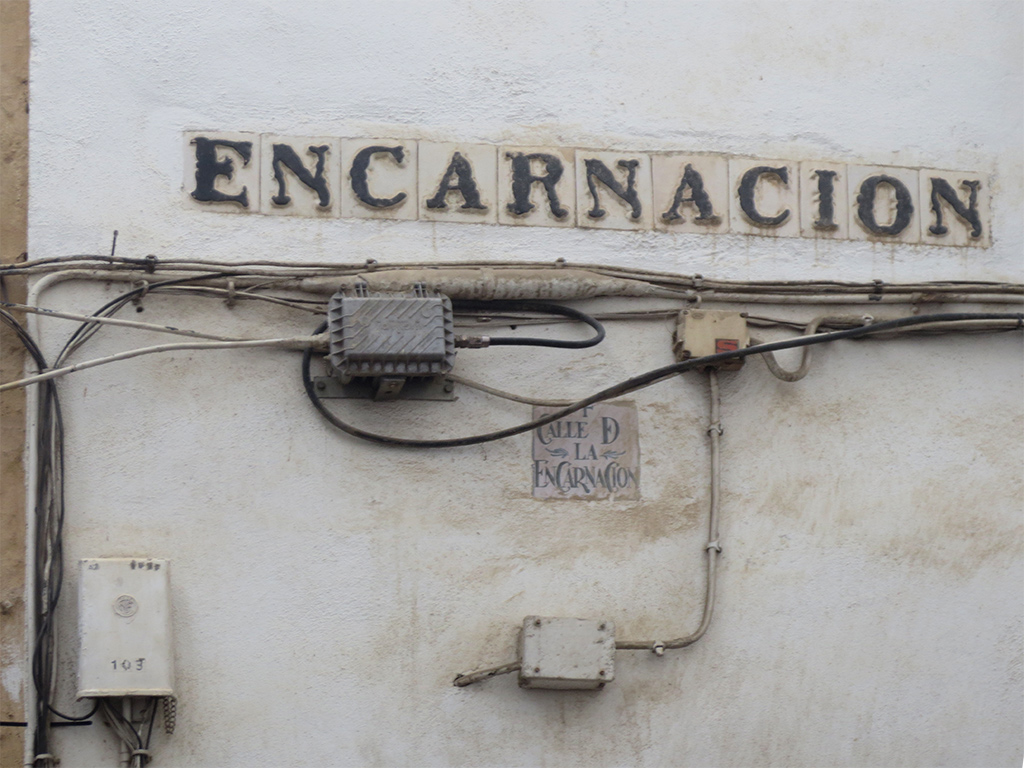
We both photographed many things.
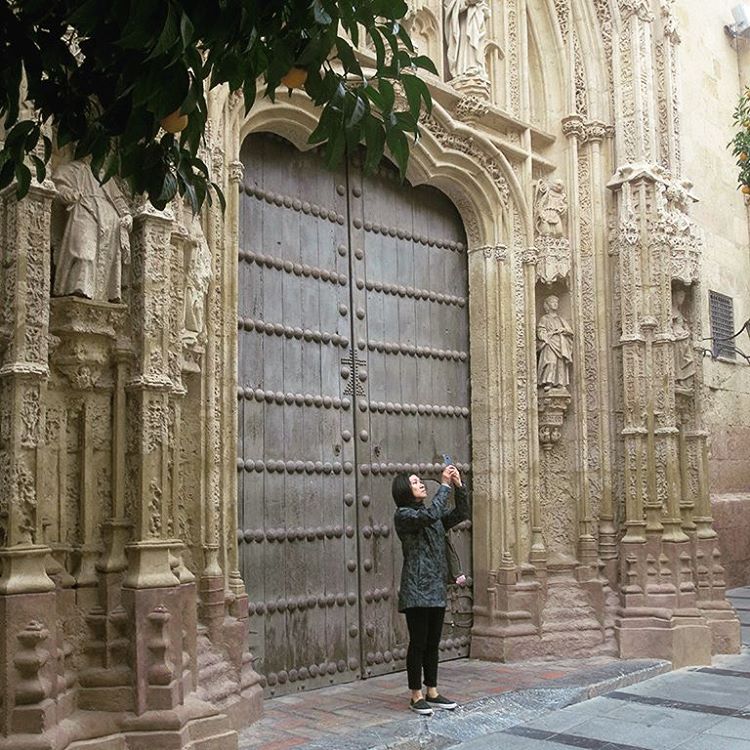
I’m not sure what this costumed man and his horse were doing, but the horse was not happy to be there.
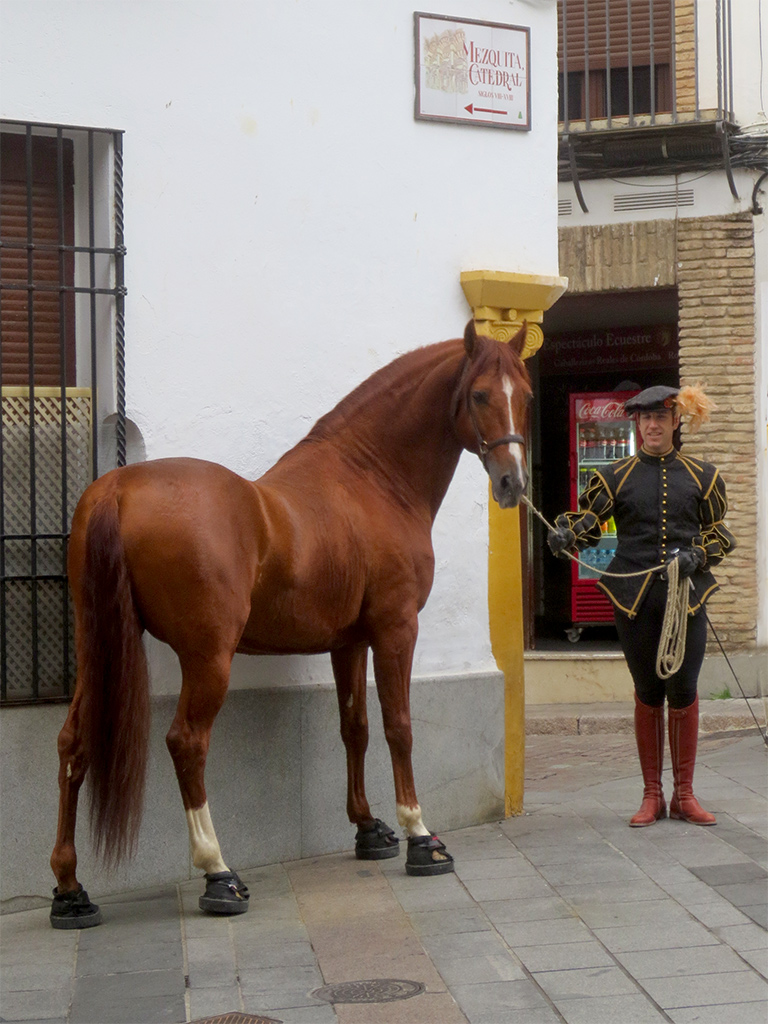
Eventually we worked our way up to the more modern heart of the city center, two adjacent plazas called Plaza de las Tendillas and Plaza de la Corredera.
There was a Christmas market in full swing in Plaza de las Tendillas, with most stalls selling crèche items for building detailed nativity scenes, much like the ones in the market next to the Cathedral in Seville. Here there were also some food stalls selling pastries, bread, cakes and cheeses.
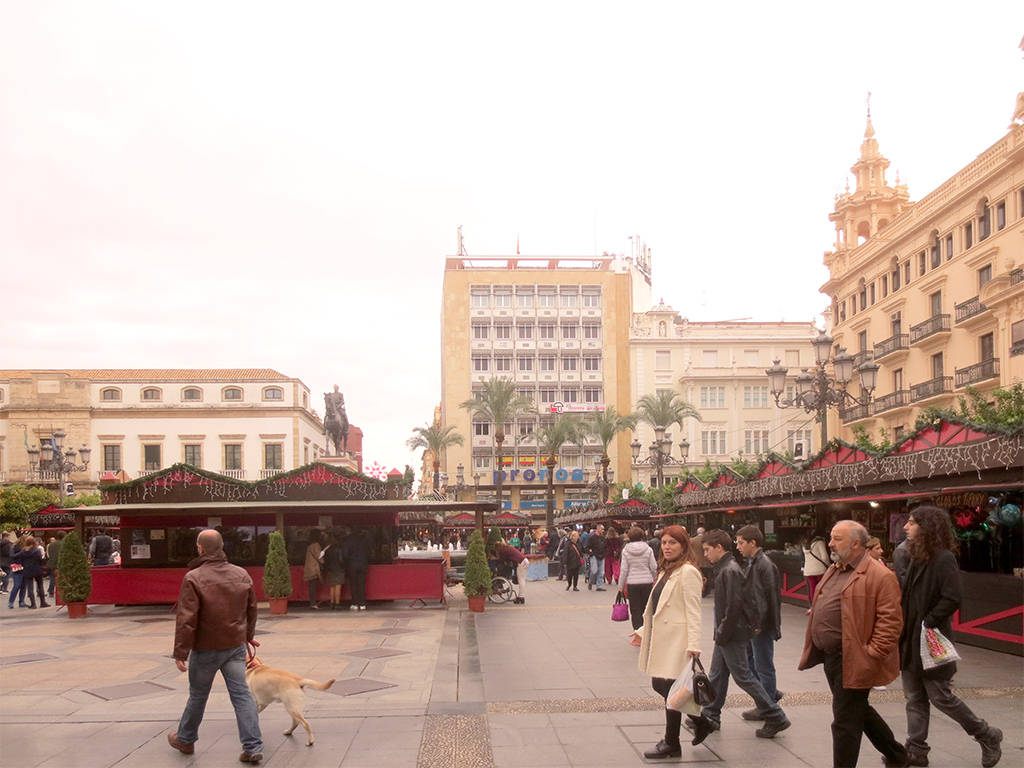
It was only a short walk from there to Plaza de la Corredera, which is a more traditional European square surrounded by balconies overlooking outdoor cafes. There was also a small food market off the square, accessed through an archway.
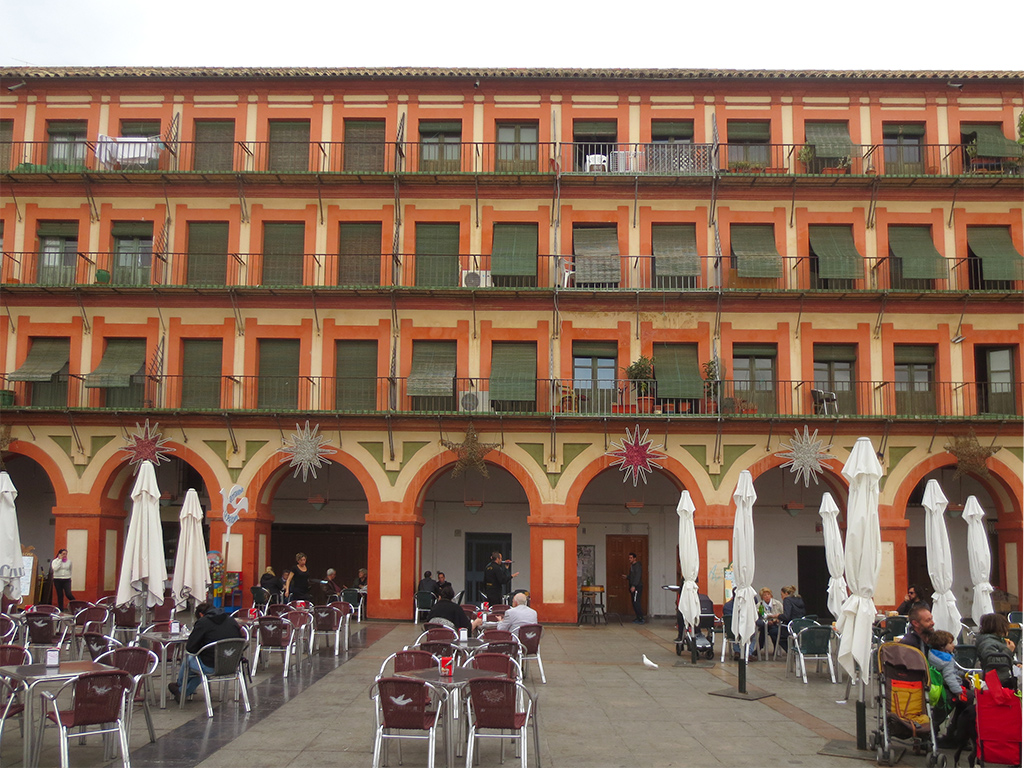
Between the two squares we passed by the remains of a Roman Temple. This was attached to a museum that is apparently no longer open, but there were good views from the street
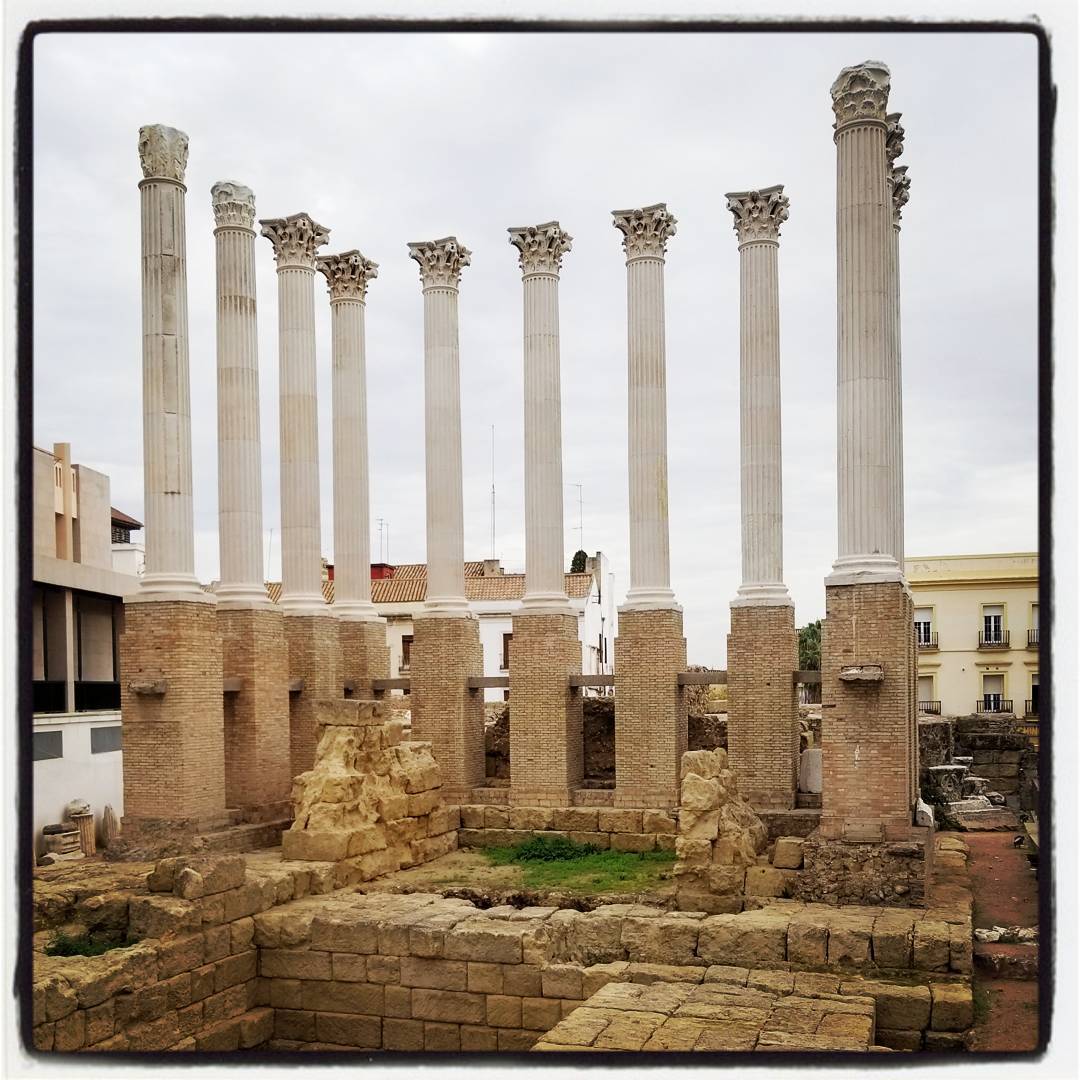
At one point, a shiny new Porsche drove past us and attempted to squeeze down a very narrow street. It was clear to me at a glance that the car was never going to fit, but the driver seemed unperturbed, at least until things got very dire.
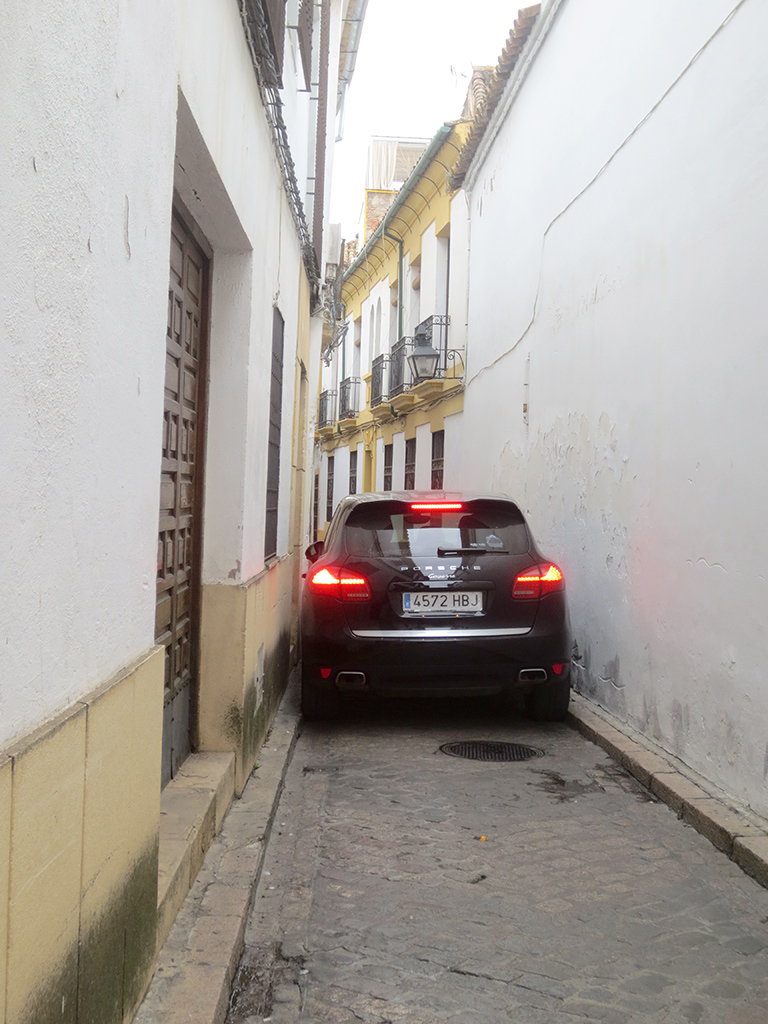
He came to a stop and then started edging slowly ahead, his mirrors getting closer and closer to the walls. I photographed the entertainment from behind while failing to contain my laughter. After a predictable thud and scraping noise, the driver finally gave up and reversed out of the predicament while a crowd of pedestrians gawked.
By then we were very hungry and ended up heading to the most convenient restaurant that opened early. Taberna Salinas is probably one of the most touristy places we’ve eaten, with a glossy menu in at least half a dozen languages, but the place is an institution and there were as many locals eating there as tourists.
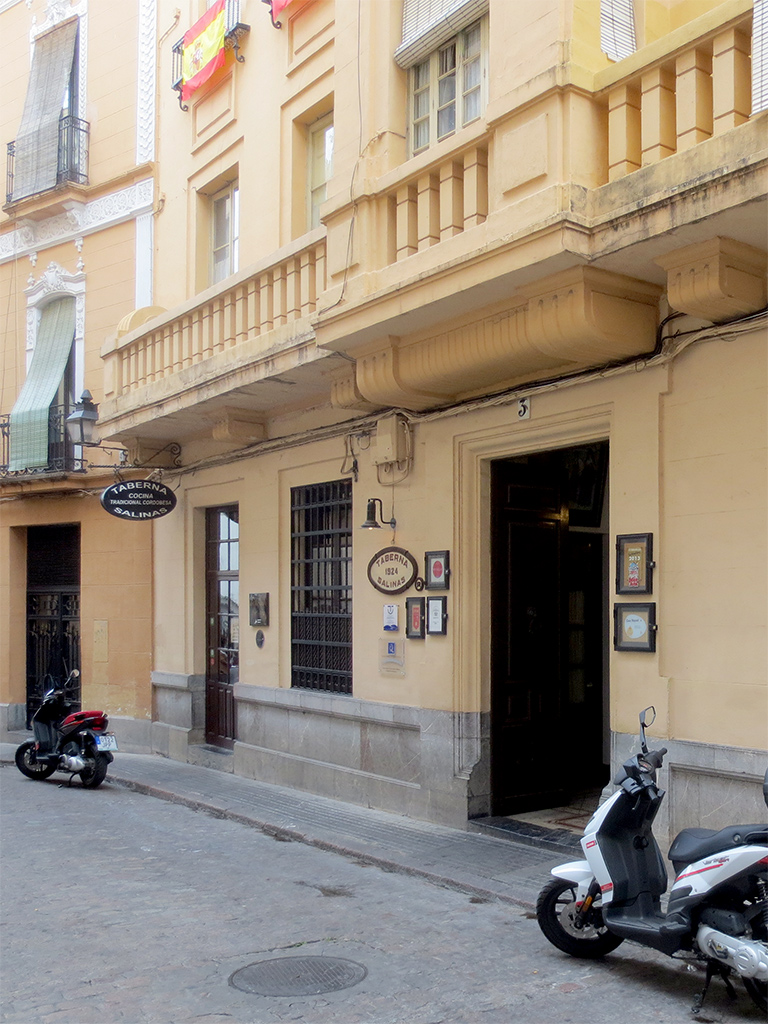
The best dish we tried there was the Albóndigas (pork meatballs) served in a tasty ham broth.
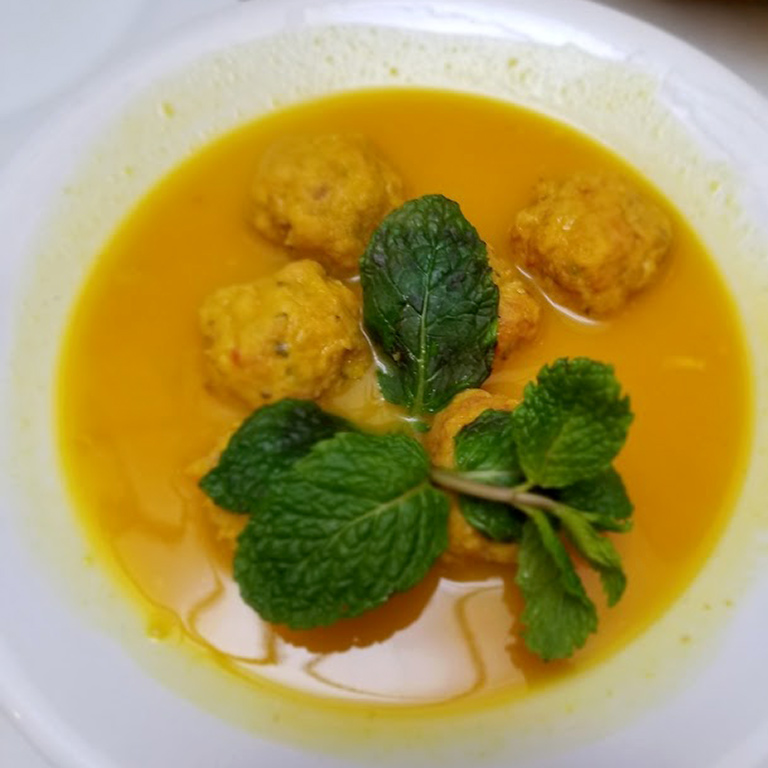
After lunch, we passed a nearby building under renovation. Pedestrians on the sidewalk below (that was us) were ostensibly protected from falling debris by what looked like a large fishing net strung across the upper floors.
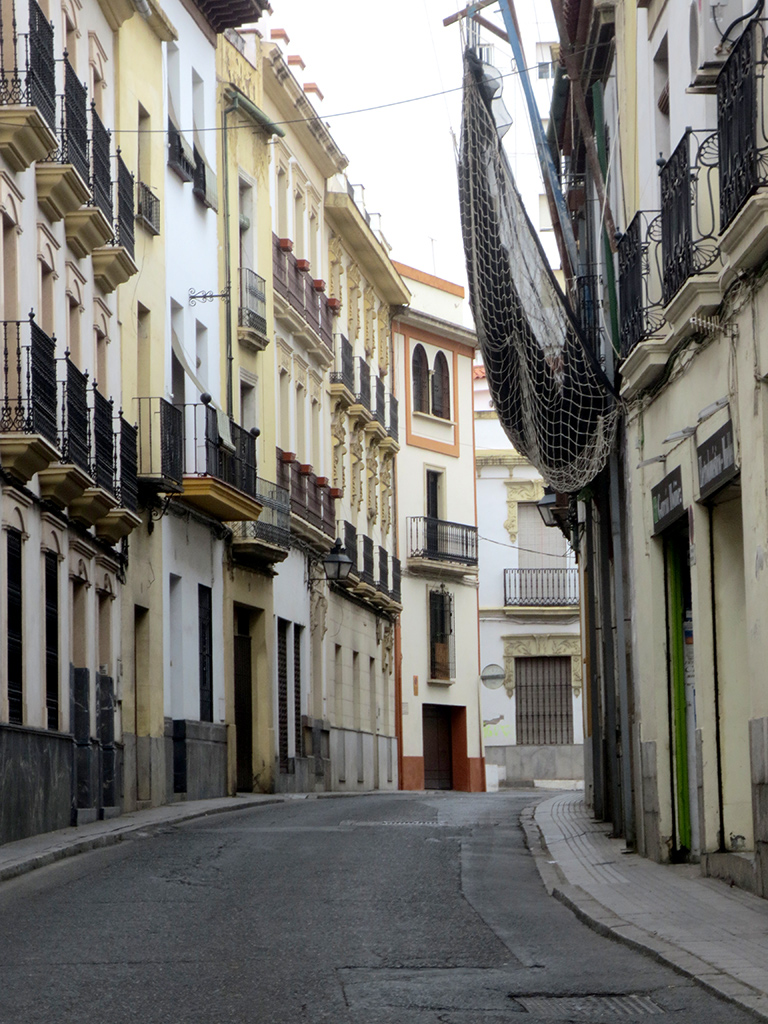
From there it was back to the train station to return to our home-for-now in Seville. On the way we passed miles of scenic countryside, including what appeared to be many orange orchards.

